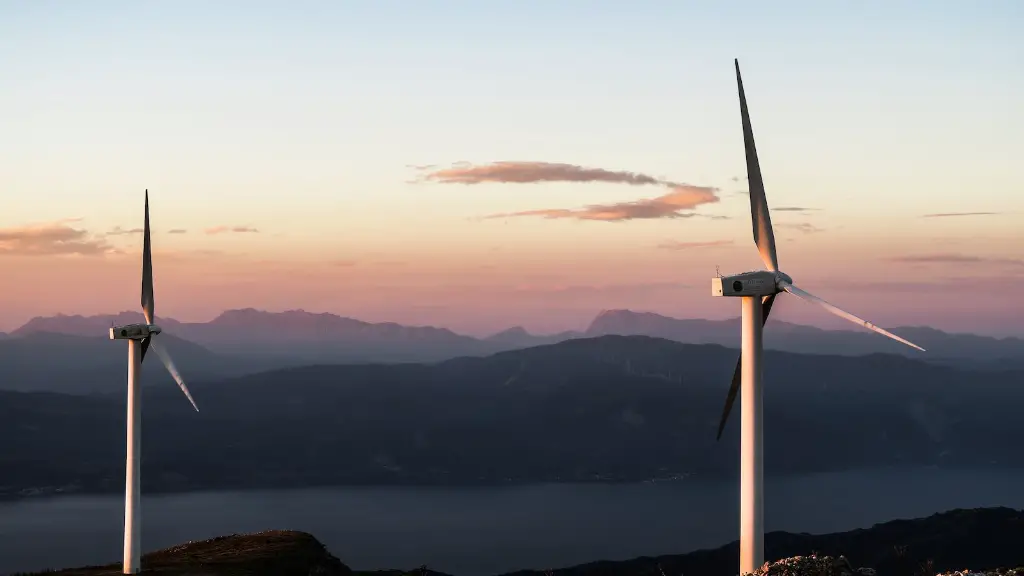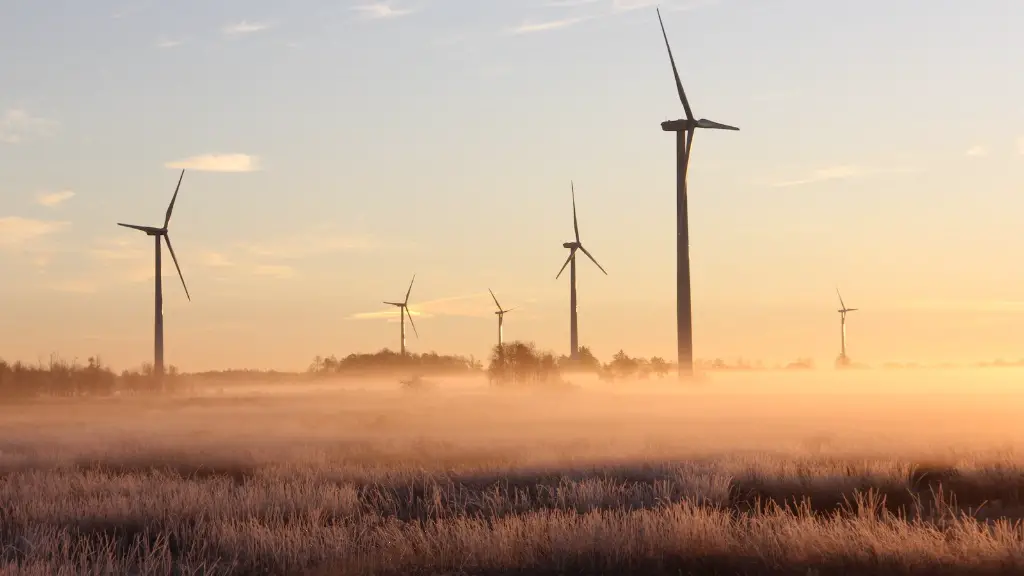In recent years, climate change has emerged as one of the most pressing environmental issues facing both humanity and wildlife alike. In particular, global warming has had a profound impact on the health and well-being of polar bears, who are particularly vulnerable to its effects due to the unique nature of their habitat. By examining the direct and indirect consequences of global warming on polar bears, we can gain a better insight into the overall dangers of climate change and how it is threatening the survival of many species throughout the world.
The direct implications of global warming on polar bears have been clear for some time. Melting sea ice has deprived polar bears of their primary source of food, forcing them to travel further and further to find food. This has caused an increase in the number of cubs being born hungry, leading to overall poorer health and decreased survival rates. The extreme temperatures caused by climate change have also resulted in dramatic reductions in reproductive and survival rates among polar bears, a trend that is projected to continue as global warming continues to worsen. While some polar bears have adapted by scavenging food from other sources and travelling long distances, it is clear that these actions are unsustainable, leading to decreased rates of survival.
The indirect implications of global warming on polar bears are equally alarming. Air and water temperatures are on the rise, causing higher levels of air and water pollution which in turn can cause a variety of health problems and illnesses among the species. Polar bears are particularly vulnerable to these effects as their body is adapted for cold climates. Furthermore, increased human activity in the Arctic has had detrimental effects on the polar bear’s environment, leading to further disruption in their habitat and food sources.
In addition, the accelerating melting of sea ice has significant implications on the overall health of the polar bear population. Due to the meltwater, the boundaries between the sea and land habitats of the bears become increasingly blurred, leading to increased competition and conflict between the species. Combined with the decrease in food supply, this can lead to a significant decrease in the number of polar bears in the wild.
It is clear that global warming is taking a drastic toll on polar bears, destroying their habitats and food sources while depleting their populations at an alarming rate. Yet while climate change has caused significant issues, scientists have started to investigate solutions, including improved management strategies and an increase in conservation efforts. In particular, reducing the human impact in the Arctic can lead to great improvements in the overall health of the polar bear population, allowing the species to survive and thrive in the coming years.
With this in mind, it is important for us to act now to limit the damage caused by global warming and its effects on the polar bear. The time has come to tackle climate change collectively, by reducing our carbon emissions and investing in renewable energy sources. We must also protect the polar bear’s environment, ensuring that it remains healthy and habitable for future generations. Only by taking action now can we protect this endangered species, and in doing so guarantee its survival for years to come.

